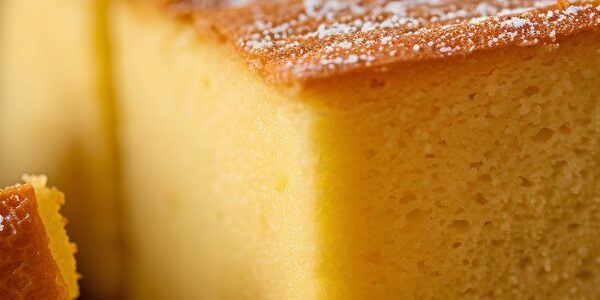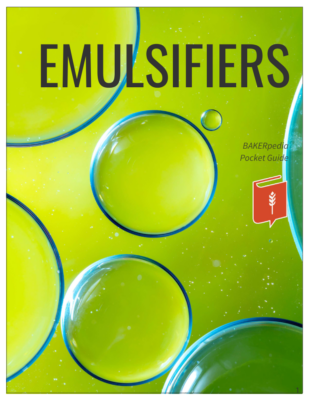Explore the Essential Role of Emulsifiers in Baking

Baking is where chemistry meets culinary artistry. Do you know that there exists a key ingredient that often goes unnoticed but plays a monumental role in shaping the texture, flavor, and shelf life of our favorite baked goods? It’s called emulsifiers. Here, we will explore the realm of emulsifiers in baking, uncovering their diverse applications and understanding their indispensable contributions.
What Are Emulsifiers?
Emulsifiers are compounds that facilitate the dispersion of water and fat phases within doughs, batters, frostings, and fillings. This dispersion is crucial for achieving optimal texture, volume, and stability in baked products. One of the primary functions of emulsifiers in baking is to enhance the aeration process, leading to lighter, fluffier textures in cakes and bread. By stabilizing the air-water interface, emulsifiers promote the incorporation and retention of air bubbles during mixing, resulting in a delightful mouthfeel and crumb structure.
Lecithin, a commonly used emulsifier, exemplifies this phenomenon with its ability to strengthen doughs, making them more manageable during processing. With usage levels ranging from 0.2 to 0.5%, lecithin alters the physical properties of doughs, preventing premature staling and ensuring a soft, tender crumb.
Watch the full BAKERview here:
To learn more, download the guide:

Maintaining The Hydrophilic Lipophilic Balance
The concept of Hydrophilic Lipophilic Balance (HLB) emerges as a pivotal factor in understanding emulsifier functionality. HLB values dictate the dominance of hydrophilic or lipophilic components within emulsifiers, influencing their efficacy in specific baking applications. From monodiglycerides to polysorbates, each emulsifier offers a unique HLB profile tailored to meet diverse baking needs.
Due to the increased demand for plant-based solutions, innovative alternatives such as chickpea protein and lentil protein have sprung up in the emulsifiers segment. While not yet fully replacing eggs, these plant-based emulsifiers demonstrate promising potential in enhancing texture and emulsification in baked goods. Traditional emulsifiers encompass surfactants like sodium sterol lactylate (SSL), renowned for their role in improving volume, texture, and emulsification in bread and cake mixes. However, meticulous attention must be paid to SSL interactions with other ingredients to avoid undesirable effects on product appearance.
How Does This Influence Clean Label?
In the pursuit of clean label formulations, bakeries navigate the intricate maze of emulsifier selection, weighing the trade-offs between functionality and consumer preferences. While polysorbates excel in aerating cake batters, alternatives like lecithin and alpha dextrins offer unique benefits in texture enhancement and shelf life extension. While DATEM and SSL perform the gold standard in bread dough emulsification, clean label alternatives can be found by Lesaffre.
Emulsifiers are silent heroes in the baking industry, orchestrating the symphony of ingredients to create culinary masterpieces. From dough strengthening to crumb softening, these multifaceted compounds shape the sensory experience of baked goods, delighting palates around the world. Understanding the science behind emulsifiers empowers bakers to elevate their craft, achieving unparalleled quality and consistency in every creation. So, the next time you savor a slice of freshly baked bread or indulge in a decadent cake, take a moment to appreciate the unsung heroes behind its perfection: the emulsifiers.
Want to stay up-to-date with BAKERpedia? Sign up for our newsletter today!


